New York Rangers: Five all time greats who were almost Rangers

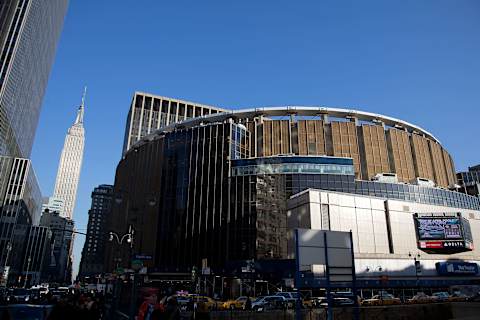
The New York Rangers have a long history of bringing star players to Broadway. From Phil Esposito to Wayne Gretzky to Jaromir Jagr, plenty of all time greats wind up wearing Ranger jerseys at some point in their careers. Even the Rangers don’t land everyone, though.
Not every star even becomes available, of course. But sometimes the Rangers find themselves with a brilliant chance to add a future Hall of Famer only to ring a shot off the post.
Whether a deal falls through, a team matches an offer, or something else goes wrong; plenty of factors can foul up what looks like a foolproof play. Sometimes it’s not even the Rangers’ fault.
Here are five Hall of Famers who came agonizingly close to walking into Madison Square Garden’s home locker room. For the purposes of this list, current players, and those simply passed over in the draft, do not count.
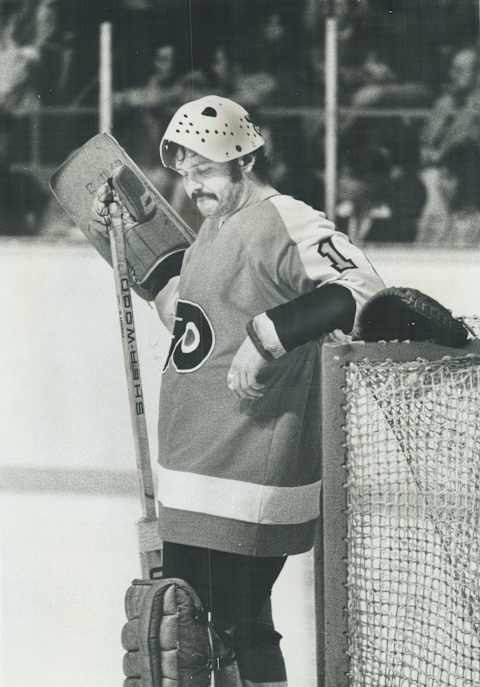
#5. Bernie Parent
Following the 1972-73 season, Ranger coach and general manager Emile Francis tried to replace Ranger legend Eddie Giacomin in a dramatic trade. Francis described the potential deal to Inside Hockey.
I always liked Bernie Parent. I’d seen him as a junior. At the time I had Eddie Giacomin but Eddie wasn’t really that successful in the playoffs up to that point. But the odds were against us getting Parent because he had met a guy in Philadelphia who was his agent and I’m sure that agent was paid off to get Parent back to Philadelphia. So Toronto was forced to make a deal with Philadelphia. Because I had offered Toronto a better deal than what they got. I offered them four players off the Rangers roster. But Toronto’s hand was forced.
Parent had the best two seasons of his career in 73-74 and 74-75 as he helped Philadelphia win the only two Stanley Cups in their history. Their seven game victory over the Rangers in the 1974 semi-final ended New York’s early 70s renaissance.
The Rangers waived Giacomin in October of 1975 only to have him famously return to Madison Square Garden in a Red Wings jersey to chants of “Eddie! Eddie! Eddie!” Meanwhile, new Rangers starting goaltender John Davidson led them to an unlikely Stanley Cup Final appearance in 1979 before forming a celebrated broadcasting pairing with Sam Rosen.
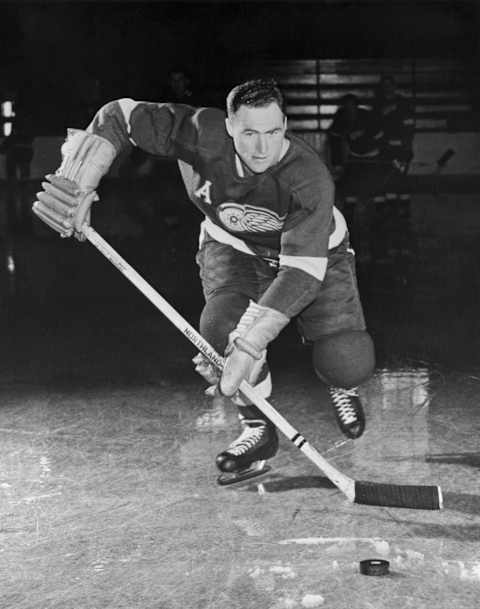
#4. Red Kelly
It’s hard to imagine the Rangers as anything other than a premier destination for stars. The Rangers have long benefited from players like Martin St. Louis and Rick Nash forcing their way to New York through trade demands. That wasn’t always the case though.
While the Rangers flourished in their early years, winning three Cups from 1928 to 1940, they struggled during the post-World War II Original Six era. They hadn’t won a playoff series since 1950 when they struck a deal with Detroit for two-way defender Red Kelly early in the 1959-60 season. Kelly responded by declaring his retirement.
The trade was nullified and Kelly quickly got a job with a Detroit tool company. A few days later, Maple Leafs coach/GM Punch Imlach came calling to talk him out of retirement. Imlach engineered a deal with Adams for Kelly’s rights and, suddenly, at 32 years old, Kelly was living his childhood dream of skating for the Maple Leafs.
Kelly moved from defense to center and helped lead Toronto to its four most recent Stanley Cups. He retired for good after the 66-67 season. Four years later, the Rangers won their first playoff series in 21 years.
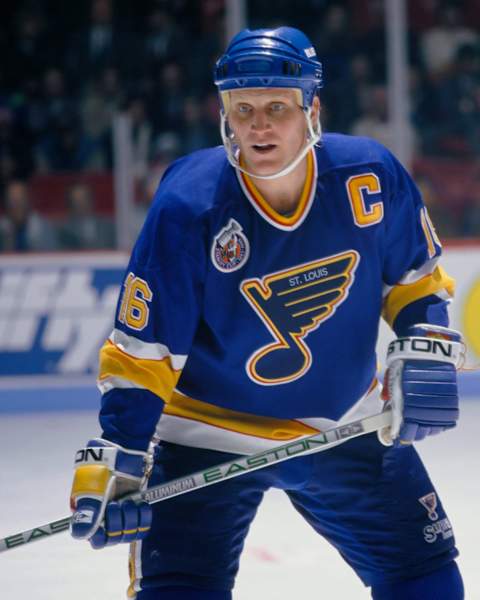
#3. Brett Hull
While the Rangers didn’t have full control of the Parent or Kelly situations, they have nobody to blame but themselves for their failure to acquire Brett Hull. In the summer of 1994 after winning the one that “will last a lifetime,” coach Mike Keenan defected to St. Louis. This prompted a fight between the teams and the NHL stepped in to arbitrate compensation.
St. Louis offered Hull, a man coming off a 57 goal season. The Rangers decided that offer still wasn’t good enough.
Instead of Hull, the Rangers wound up receiving Petr Nedved for Esa Tikkanen and Doug Lidster. Nedved managed a very respectable career and scored 310 goals. Hull, however, scored 328 of his 741 career goals after general manager Neil Smith chose Nedved over him.
But wait, this story gets crazier. In August 1994, Cablevision bought the Rangers and decided they didn’t want to pay Mark Messier $5 million per season. Meanwhile, Keenan decided he didn’t like Hull’s work ethic.
Rumors swirled and The New York Times reported on a potential Mark Messier for Brett Hull swap.
The Blues would be very interested in trading Hull to the Rangers for Messier. The person, who spoke on condition of anonymity, said the Blues would probably be willing to pay Messier a figure that would make him happy.
Sanity momentarily prevailed and Messier stayed in New York another three seasons.
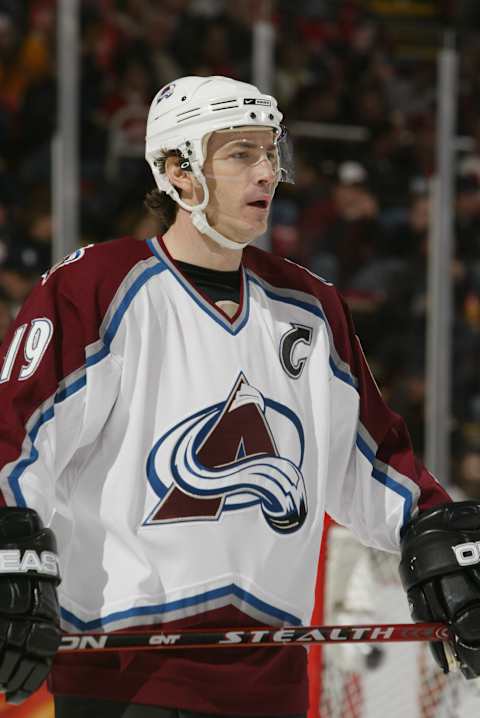
#2. Joe Sakic
After losing Messier to Vancouver in August 1997, Neil Smith signed restricted free agent Joe Sakic to a three-year, $21 million offer sheet. Sakic had just turned 28 and had already won a Cup.
While $21 million seems unimpressive now, it was the biggest contract in NHL history at the time. Smith even structured the deal with a $15 million signing bonus to try to take advantage of Colorado’s financially struggling ownership.
The signing kicked of a frantic week of paper pushing as Colorado’s ownership scavenged up the funds to match the offer sheet. The most entertaining bit of this story comes courtesy of The Denver Post.
Oh, and the movie “Air Force One” also played a major part in the team staying solvent back then. That film was under the umbrella of Beacon Pictures, which was a subsidiary of Ascent Entertainment. A lot of the company’s finances were tied up with that Harrison Ford picture. When it became a blockbuster hit, it gave Ascent financial breathing room to stay in the business of owning sports teams and keep players like Sakic.
That’s right, Han Solo helped dash the Rangers’ dreams of Cup contention in the late 90s.
Sakic won another Cup with Colorado in 2001. The rest of the NHL owners and fans found a scapegoat for rising salaries and the 2005 lockout. And the Rangers are still looking for a star center.
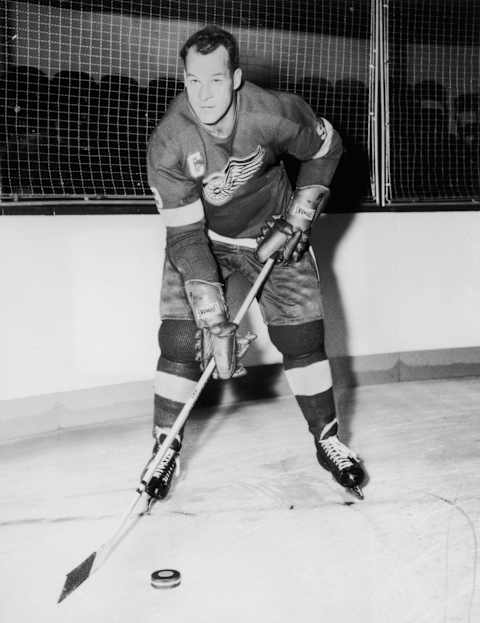
#1. Gordie Howe
Mr. Hockey should have been Mr. Ranger. In 1943, a 15-year-old Gordie Howe took part in Ranger training camp. While they did invite him to camp, New York did not sign Howe to a contract.
Though Ranger scout Fred McCorry brought Howe in for a tryout, the organization did little else for him. Howe had to borrow equipment from his brother and Ranger veterans put him through some major hazing according to The Hockey Writers.
Howe received more than his fair share of ribbing from the Blueshirts. In addition to the verbal abuse, a member of the Rangers took Howe’s meals from him. Until veteran Alf Pike stood up for Gordie, this continued for some time, and it took a huge toll on the kid. “It might have been funny at the time for some individuals,” Howe laments, “but I was young enough that things (like that) hurt a little bit.”
Next: New York Rangers: Ranking the Rangers in value (pt. 1)
Howe eventually decided he had enough and went back home only to sign with the Red Wings a year later. At the time of his retirement from the NHL, Howe was the all-time leader in goals, assists, and points. The 1943-44 Ranger squad that chased him out of the organization went 6-39-5.